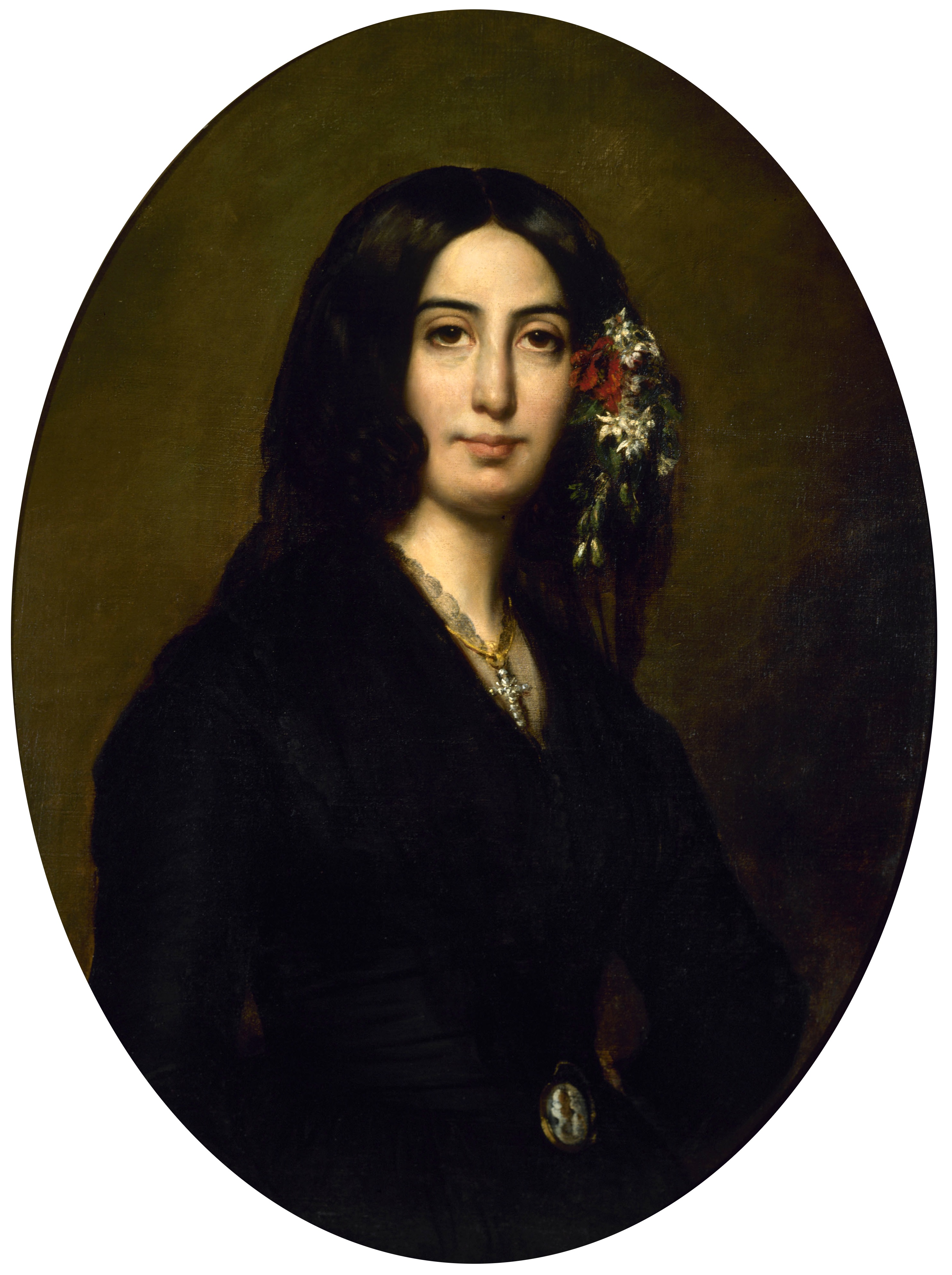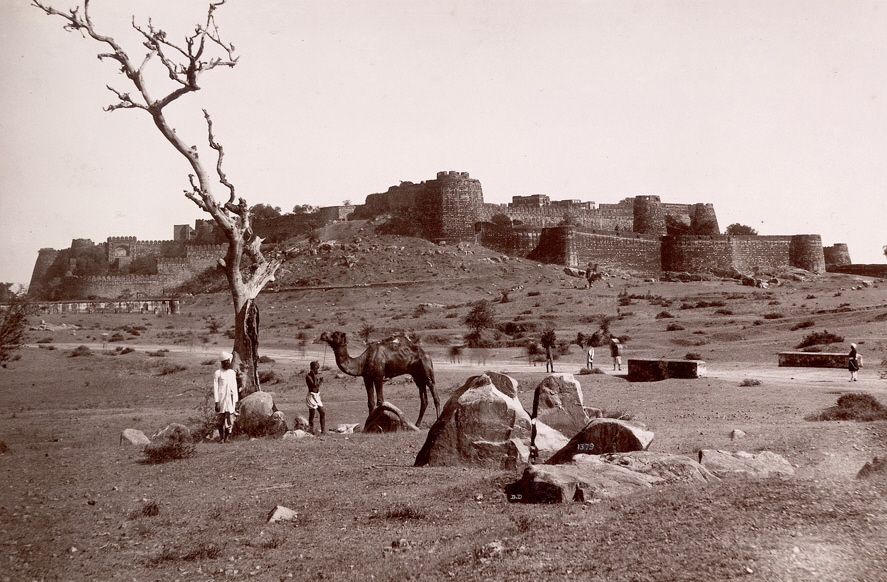|
Christopher Nicole Bibliography
This is a list of books by Christopher Nicole. Some of his books have been reedited under different titles or pseudonyms A pseudonym (; ) or alias () is a fictitious name that a person assumes for a particular purpose, which differs from their original or true meaning (orthonym). This also differs from a new name that entirely or legally replaces an individual's ow .... As Christopher Nicole Works published under the name Christopher Nicole. Non-fiction * ''West Indian Cricket: the Story of Cricket in the West Indies'' (1957) * ''The West Indies: Their People and History'' (1965) * ''Introduction to Chess'' (1973) Novels Single novels * ''Off White'' (1959) * ''Shadows in the Jungle'' (1961) * ''Ratoon'' (1962) * ''Dark Noon'' (1963) * ''White Boy'' (1966) * ''The Self Lovers'' (1968) * ''Thunder and the Shouting'' (1969) * ''Where the Cavern Ends'' (1970) * ''The Longest Pleasure'' (1970) * ''The Face of Evil'' (1971) * ''Lord of the Golden Fan'' (1973) * ''Heroes'' (1973) * ... [...More Info...] [...Related Items...] OR: [Wikipedia] [Google] [Baidu] |
Christopher Nicole
Christopher Robin Nicole (7 December 1930 – 2 September 2017) was a prolific British writer of over 200 novels and non-fiction books since 1957. He wrote as Christopher Nicole and also under several pseudonyms including Peter Grange, Andrew York, Robin Cade, Mark Logan, Christina Nicholson, Alison York, Leslie Arlen, Robin Nicholson, C.R. Nicholson, Daniel Adams, Simon McKay, Caroline Gray and Alan Savage. He also wrote under the pen name Max Marlow when co-authoring with his wife, fellow author Diana Bachmann. Biography Personal life Christopher Robin Nicole was born on 7 December 1930 in Georgetown, in British Guiana (now Guyana), where he was raised. He was the son of Jean Dorothy (Logan) and Jack Nicole, a police officer. Both his parents were Scottish. He studied at Queen's College in Guyana and at Harrison College in Barbados. He was a fellow at the Canadian Bankers Association and a clerk for the Royal Bank of Canada in Georgetown and Nassau from 1947 to 1956. I ... [...More Info...] [...Related Items...] OR: [Wikipedia] [Google] [Baidu] |
Pseudonym
A pseudonym (; ) or alias () is a fictitious name that a person assumes for a particular purpose, which differs from their original or true meaning ( orthonym). This also differs from a new name that entirely or legally replaces an individual's own. Many pseudonym holders use them because they wish to remain anonymous and maintain privacy, though this may be difficult to achieve as a result of legal issues. Scope Pseudonyms include stage names, user names, ring names, pen names, aliases, superhero or villain identities and code names, gamertags, and regnal names of emperors, popes, and other monarchs. In some cases, it may also include nicknames. Historically, they have sometimes taken the form of anagrams, Graecisms, and Latinisations. Pseudonyms should not be confused with new names that replace old ones and become the individual's full-time name. Pseudonyms are "part-time" names, used only in certain contexts: to provide a more clear-cut separation between one's privat ... [...More Info...] [...Related Items...] OR: [Wikipedia] [Google] [Baidu] |
Queen Of Jhansi
The Rani of Jhansi (born Manikarnika Tambe; 1828 or 1835 – 18 June 1858), also known as Rani Lakshmibai, was one of the leading figures of the Indian Rebellion of 1857. The queen consort of Jhansi State, the princely state of Jhansi from 1843 to 1853, she assumed its leadership after the outbreak of conflict and fought Central Indian campaign of 1858, several battles against the British. Her life and deeds are celebrated in modern India and she remains a potent symbol of Indian nationalism. Born into a Marathi people, Marathi family in Varanasi, Manikarnika Tambe was married to the raja of Jhansi, Gangadhar Rao, at a young age, taking the name Rani Lakshmibai. The couple had one son but he died young, and so when Gangadhar Rao was on his deathbed in 1853, he adopted Damodar Rao of Jhansi, a young relative to be his successor. The East India Company, British East India Company, the Company rule in India, overlord of Jhansi, refused to recognise this succession and annexed Jha ... [...More Info...] [...Related Items...] OR: [Wikipedia] [Google] [Baidu] |

